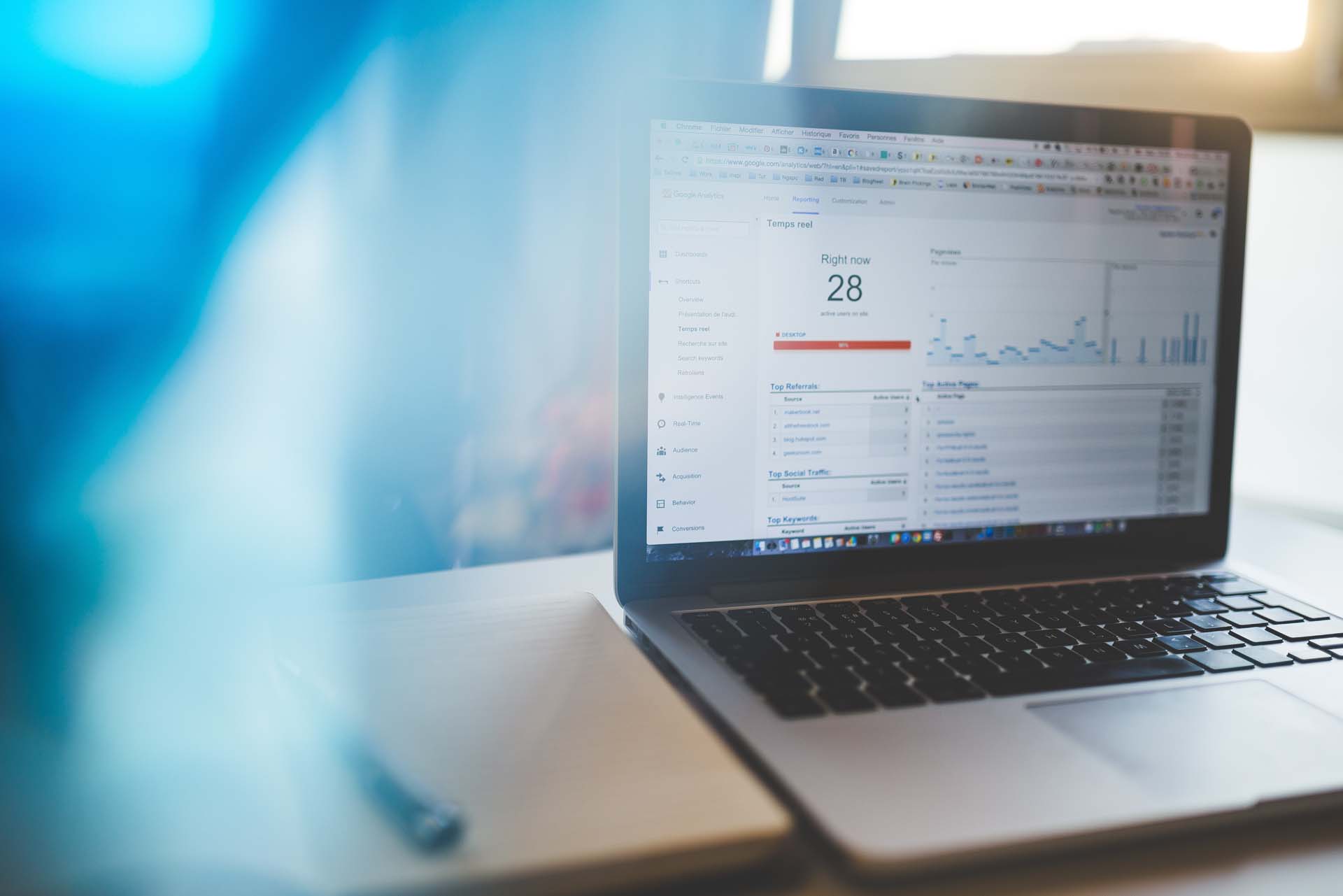Here at The Digital Studios we can’t say often enough how important data and regular analysis of your data is (and rather geekishly, how much we enjoy doing this)! We take the metrics from your website and feed all of that great data into an analysis tool to present you with qualitative feedback which can aid your decision making and support you to optimise your business.
One of our favourite tools (by far) is Google Analytics (GA) and we are in good company. It’s currently estimated that between 30-50 million websites use Google Analytics to track their user activity and why not when it’s free of charge and can present us with a detailed picture of exactly how many visitors your website/app has, which pages receive the most traffic and, if configured, where actions occur.
But here’s the thing; Google Analytics does not and was never intended to measure everything
What Google Analytics can’t tell you
It’s important to understand that there are limitations on any tool, no matter how great they are, as far as what they are able to offer and what they can do:
- Historical Data
Historical data refers to anything that happened before the installation of Google Analytics (namely, the GA tracking code for your website). None of this crucial early data can be mapped and it is the reason why we always strongly recommend setting up Google Analytics before your website launches.
- Heat Mapping
Alongside not always being able to provide a full data picture, it’s time to talk about where GA falls short, where onsite analysis is concerned.
Heat mapping, put simply, is a quick and easy way of viewing how customers interact with your web pages, as in, what they click on and what they don’t. It paints a picture of which areas might be more appealing to potential customers versus those which might need some work (or potentially, could be scrapped altogether). Unfortunately though, this feature is not included within the GA remit.
- Visits to a competitor’s website
This comes up a lot in our line of work and the answer is clear; GA can’t track a user’s full online journey, only their activity within your own pages. If you want to know how many users visit your site, GA can itemise the number of visits. It can also pick up which marketing channel your users have come from, and whether they were on a desktop or mobile device (e.g). However, after the user finishes what they’re doing on your website and clicks away, GA will not be able to track where they go next. GA certainly can’t tell you if they are headed for, or are coming from, your competitor/s sites either.
- Social Media Monitoring
Social media monitoring is when you track information relating to your business across, you guessed it, all the usual social media platforms. Anything from brand mentions, hashtags, sharing of articles and related posts, if it’s in your sphere of interest, it counts. Google Analytics can also give you a really useful insight into the social media sites your website visitors have started from, and which pages they land on. A word of warning though, it’s not all-encompassing. Google Analytics can’t tell you what your users got up to on Facebook, or what they looked at on Twitter, before they began browsing your site.
- Other web-based activity
We are often asked whether there is any way to track where else your website visitors have been, or go, once they’ve paid a visit to your website. Certainly, once your users land on your page, Google Analytics can monitor their behaviour, the number of visits they make, what content they are viewing and any other interactions within your site. After they leave though, there is no way of knowing what they do, or where they go, next. In short, Google Analytics can offer a tantalising glimpse into user behaviour but can’t paint a truly holistic picture of their web-based experience.
- Deleting Cookies
Google Analytics is underpinned by the use of cookies and is ultimately reliant upon users accepting cookies because this is how Google Analytics marks the difference between a new user and a returning visitor. GA isn’t without flaw though and unfortunately, if a user deletes cookies, the next time they visit your site, they will be considered as a new visitor. Not particularly helpful for you when you’re trying to figure out your user demographic.
And finally…
Google Analytics is an incredibly useful tool and is completely free to use. GA and its nearest equivalents can offer a powerful insight into how well your website is received by your online audience and can enable you to make tweaks and improvements to expand your user base and drive conversions. Always keep in mind though, that whether it’s GA, or a similarly effective analytics tool, whichever one you pick will have pros and cons. No tool, GA included, will be able to cover absolutely everything.
Want to talk more about data and how this can support you to grow your business? Call on us today….




